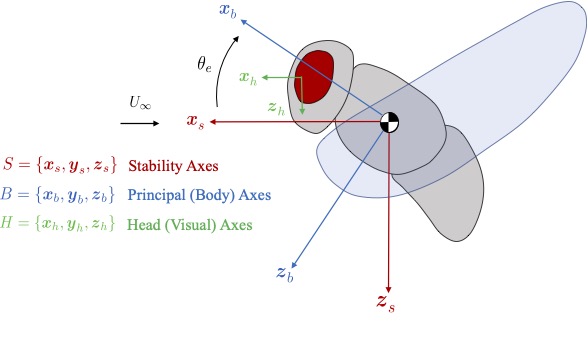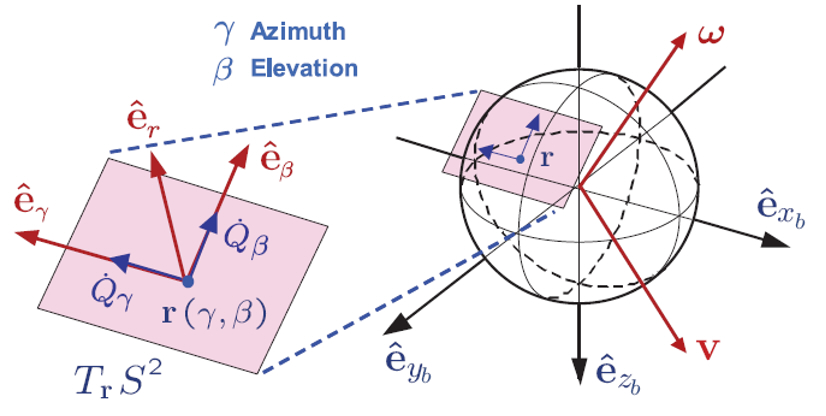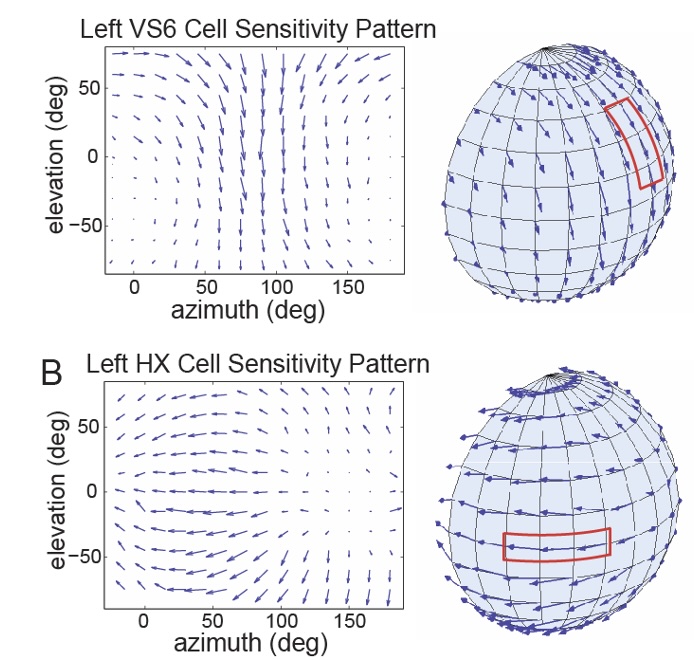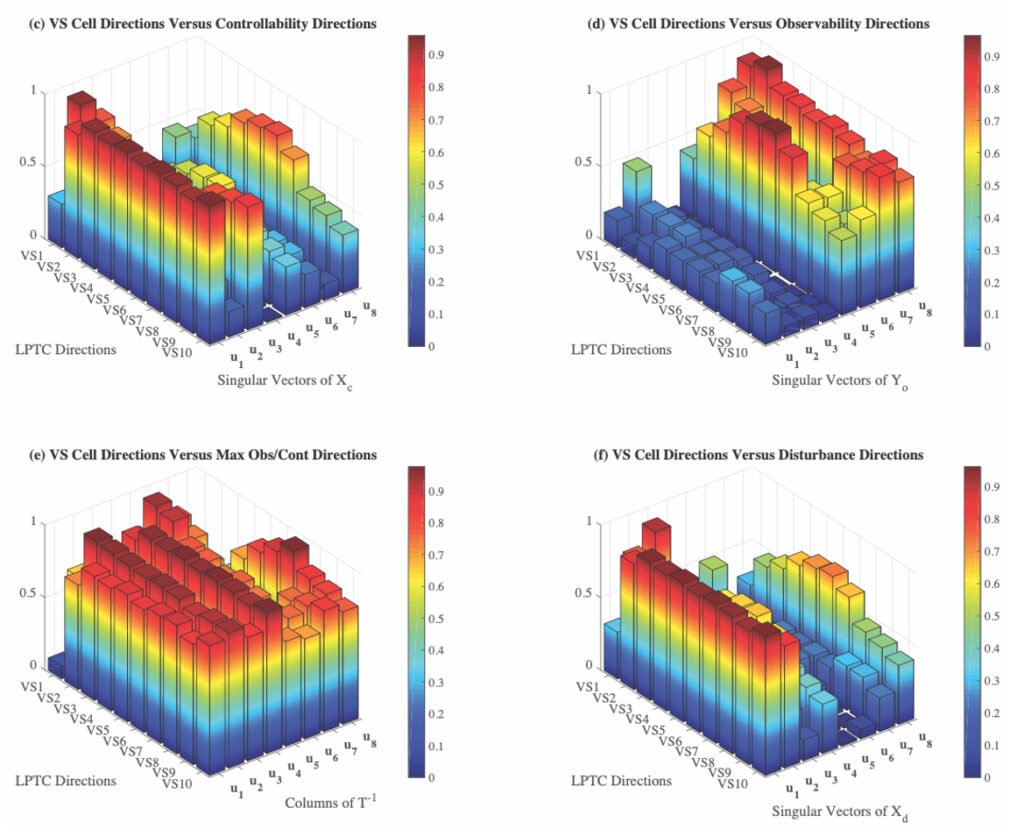Sponsor: AFOSR (Pat Bradshaw), AFRL (Ric Wehling)
Investigators: PI: Sean Humbert (UMD/CU), Co-PIs: Graham Taylor (Oxford University), Holger Krapp (Imperial College)




Through the processes of evolution, flying insects have solved many of the problems encountered by conventionally engineered MAVs, but have done so using fundamentally different control design principles. The aerodynamic instability of flying insects is combined with powerful feedback control to produce a degree of manoeuvrability that is unmatched by any contemporary MAV. Rather than relying on a limited number of accurate inertial sensor measurements combined with significant computing resources, flying insects have evolved computationally-efficient yet robust control principles to achieve the same task using multiple noisy sensors. The underlying principles include: i) task-specific integration of hundreds to thousands of local, noisy sensor signals within a given sensory modality; ii) sensor fusion or multisensory integration, and iii) dynamic range fractioning. Although recent behavioural and electrophysiological research into these principles has made significant advances, there is still no overarching theory that provides a general framework within which one of the most significant questions of biological control design could be addressed: How is sensory information transformed into motor commands to support flight stability at a high performance level?
Publications
- Krapp HG, Taylor GK, and Humbert JS, “The Natural Mode-Sensing Hypothesis: Matching Sensors, Actuators, and Flight Dynamics,” in Frontiers in Sensing – Biology and Engineering, Springer Verlag, 2011, ISBN: 978-3-211-99748-2.
- Badrya C, MacFarlane K, Baeder J, Humbert JS, “Insect Kinematics in Trimmed Flight at Low Reynolds Numbers Using CFD” 53rd AIAA Aerospace Sciences Meeting, AIAA SciTech, Orlando FL, January 2015.
- Hyslop AM, Krapp HG and Humbert JS, “Control Theoretic Interpretation of Directional Motion Preferences in Optic Flow Processing Interneurons,” Biological Cybernetics, Vol. 103, pp. 339-352, 2010, DOI: 10.1007/s00422-010-0404-8.
- Humbert JS, Hyslop AM, “HS Tangential Cell Analogues and Implications for Efficient Visuomotor Control,” in Frontiers in Sensing – Biology and Engineering, Springer Verlag, 2011, ISBN: 978-3-211-99748-2.
